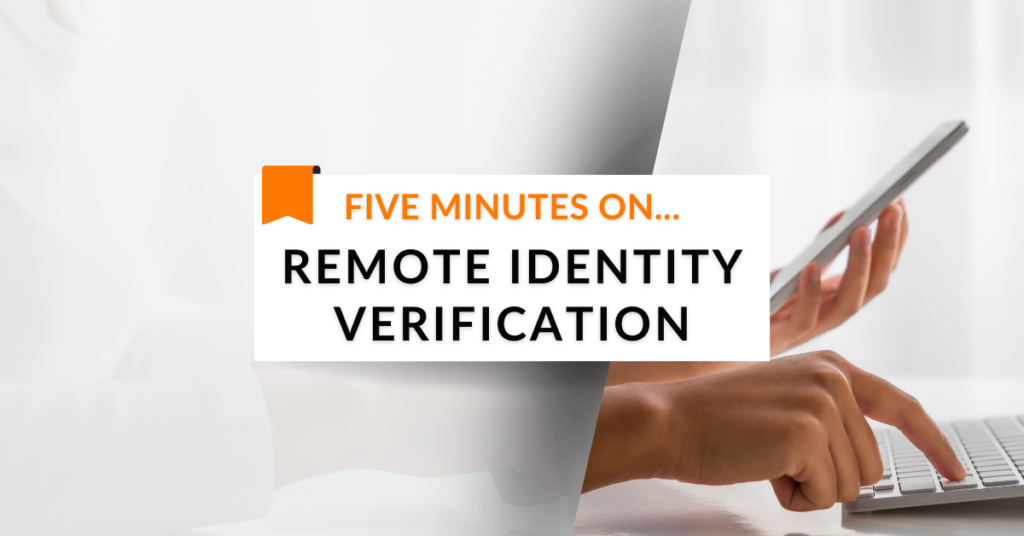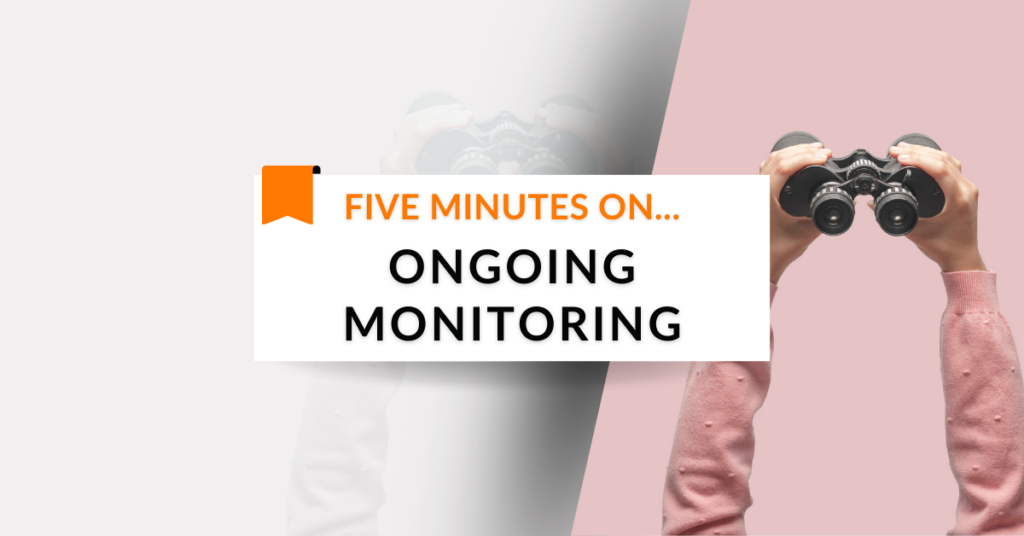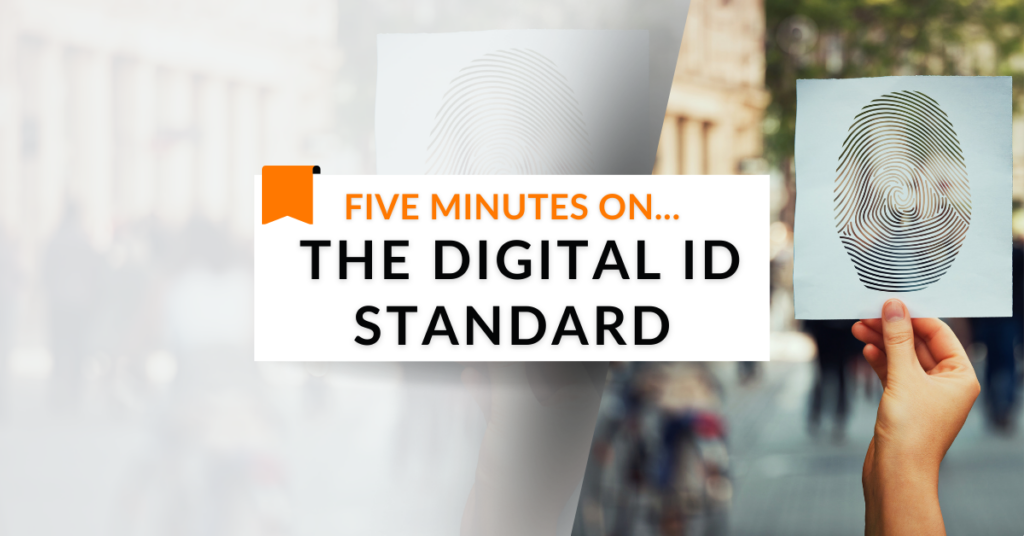
Remote ID Verification is a method of confirming the identities of individuals such as clients or customers who are not physically present. Whereas antiquated methods of confirming identity required persons to be in the room as well as providing documents, the advancements of technology have meant authentication processes can now be carried out anywhere in the world.
In this blog, we’ll take a closer look at a faster, more accurate and more secure form of identity verification, and break down what each component is, and how they all add up to make the AML biometric verification process so much easier.
It starts with liveness detection…
What is liveness detection?
In remote identity verification the use of liveness detection is critical in preventing presentation attacks or “spoofs”. Essentially, it is to make sure the individual carrying out the test is a) real, and b) who they say they are.
Common spoofs include:
- Masks
- Photographs or digital prints
- Digital screens
- Video playbacks
There are two forms of liveness detection; Active and Passive.
- Active Liveness, where a user is instructed to perform an action, such as blink, move your head from side to side, or smile.
- Passive liveness works unnoticed in the background without requiring any additional steps from the user. It includes use of AI technology and deep neural networks to detect spoofs.
As passive liveness requires no response from the user, it is often the case that they occur without the user being aware a liveness check is taking place, let alone what security mechanism is being used. This reduces the risk of fraudulent access and identity theft.
What other examples are there in life of passive lifeless tests?
You may start noticing passive liveness tests in more and more in everyday activities, from airport security to mortgage applications.
- Facial recognition systems: Banks, airports, border control, and other security-sensitive applications
- Remote document verification: Online onboarding for financial services, healthcare, and other sectors
- Mobile authentication: Secure access to mobile apps and accounts
Passive liveness is a rapidly evolving technology with the potential to significantly enhance security and convenience in various applications.
Methods:
- Document verification: Uploading scans or photos of government-issued IDs and comparing them to official databases
- Facial recognition: Using a webcam or smartphone camera to capture a live image of the person and comparing it to the photo on their ID
- Knowledge-based authentication: Asking the person security questions based on information they are likely to know
- Third-party data verification: Checking the person’s information against public or private databases, with their consent



